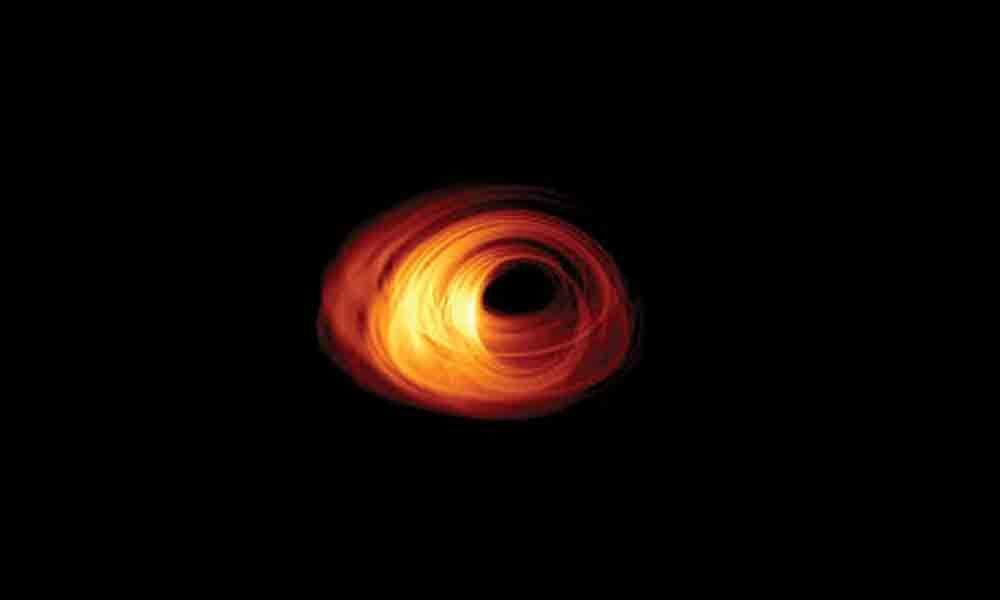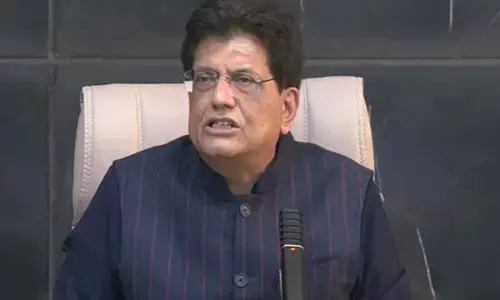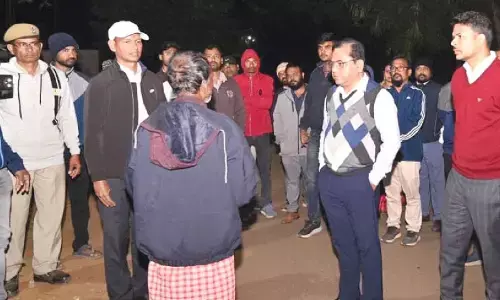Imaging black hole like listening to song on broken piano: Katie Bouman

Observing the black hole is like listening to a song being played on a piano with broken keys, says US computer scientist Katie Bouman, who became a global sensation for her role in capturing the world's first actual image of a black hole.
Observing the black hole is like listening to a song being played on a piano with broken keys, says US computer scientist Katie Bouman, who became a global sensation for her role in capturing the world's first actual image of a black hole.
Bouman, a postdoctoral fellow at the Harvard Smithsonian Center for Astrophysics, was speaking Thursday before the Committee on Science, Space, and Technology of the US House of Representatives. She said the computational imaging tools that the Event Horizon Telescope (EHT) team developed to study black holes could help improve technologies of the future, saving lives by improving the quality of medical images, seismic predictions, and even the performance of self-driving cars.
Unlike a backyard telescope used to peer through to study the night sky, the EHT does not capture a picture directly. Instead, by combining the signals received at pairs of telescopes, the EHT captures measurements related to spatial frequencies of the image. Telescopes that are close together enable information to be collected about the image's large spatial structure, while pairs far apart provide information about small-scale structure.
Bouman said "though impractical, if we tiled the globe with telescopes we could collect the complete black hole image." However, since the EHT connects telescopes at only a few locations, the scientists only capture some of these frequencies and are left with large gaps of missing information. "As an analogy, you can think about the measurements the EHT makes a bit like notes in a song; each measurement corresponds to the tone of one note," Bouman said.
"Observing the black hole with the Event Horizon Telescope is a bit like listening to a song being played on a piano with over half of its keys broken," she said. "Additionally, the fact that there is a different, quickly changing atmosphere above each telescope causes our data to be very noisy, almost like each piano key has a different delay between the time it is struck and when you hear its sound," said Bouman, who began contributing to this project as a graduate student.
She said her primary role in the project has been developing methods to reconstruct images from the EHT data, as well as designing procedures to validate these images.
On April 10, the scientists unveiled the first ever image of a black hole. The stunning image shows a ring of light surrounding the dark shadow of the supermassive black hole in the heart of the Messier 87 (M87) galaxy. Since M87 is 55 million light years away, this ring appears incredibly small on the sky: roughly 40 microarcseconds in size, comparable to the size of an orange on the surface of the Moon as viewed from our location on Earth.


















